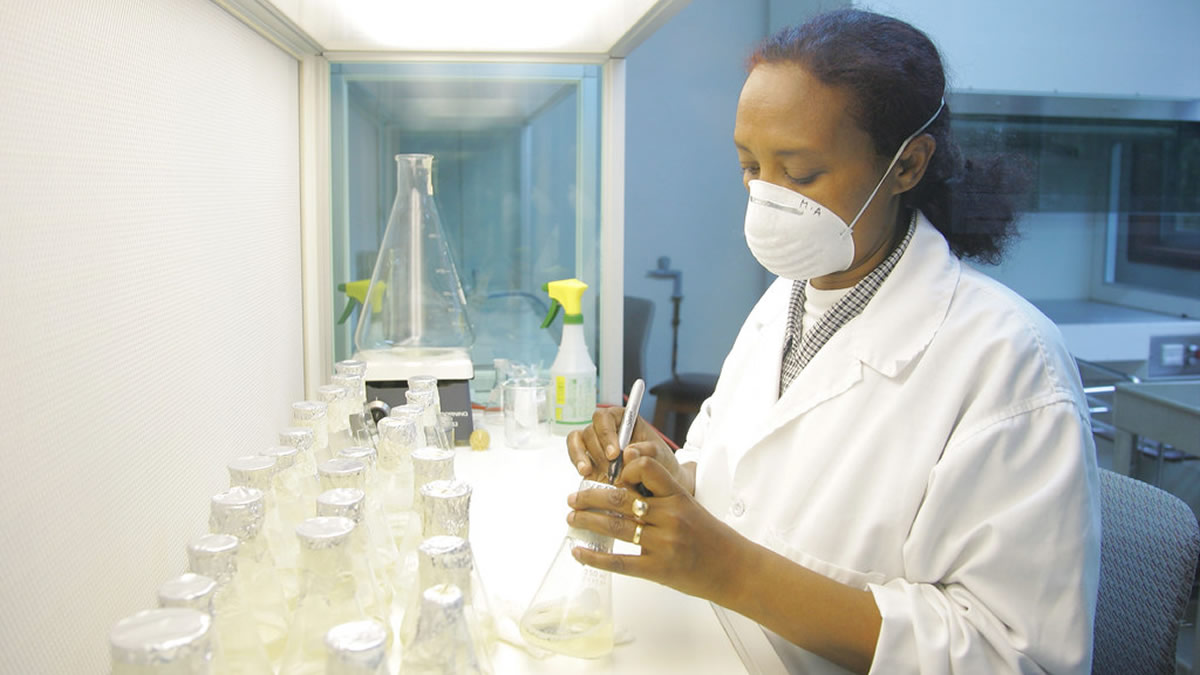Written by Shamika N. Sirimanne, Director, Division on Technology and Logistics, and Clovis Freire, Economic Affairs Officer, UNCTAD
Five months after the coronavirus disease first emerged, it has reached 216 countries, areas or territories, causing over 318,000 confirmed deaths and more than 4.7 million cases to date.
The pandemic has pushed the global economy into a recession, with millions of people losing their jobs and livelihoods.
In the midst of all this, in April, cyclone Harold devastated small island developing states (SIDS) in the Pacific, including Fiji, Solomon Islands, Tonga and Vanuatu, causing loss of life and extensive damage to crops and infrastructure, while rescue operations were hampered by COVID-19 lockdowns.
Right now, in India and Bangladesh, millions of people are bracing for devastation as cyclone Amphan makes landfall. Most vulnerable populations and structurally vulnerable countries such as SIDS are particularly exposed to these multiple shocks.
For them, the impacts are devastating, by pushing households into deeper poverty and wiping out years of gains made in sustainable development.
Complex, unpredictable threats
Increased human activity and deeper global interdependence have created complex and unpredictable threats, and more often than not, they manifest as multiple shocks in terms of health emergencies, economic crises, conflicts and natural disasters.
There is a need to address multiple shocks—as opposed to the silo approach practised by many countries of handling one crisis at a time without understanding and addressing their interlinkages.
The way to go about it is to get ready in advance, by building resilient communities that are better prepared to withstand, adapt to, and recover from shocks.
Resilient communities empower their people to absorb and adapt to shocks. Their economies can adapt and self-organize to continue functioning in times of crises. And they carry out their activities without harm to the environment.
Critical role of science, tech and innovation
Science, technology and innovation (STI) have a critical role to play in building resilience to multiple shocks.
First, technologies, particularly digital technologies, have played a vital role in empowering and giving a voice to people, including those most vulnerable.
They extend access to education and health, assess and monitor the health and environmental risks, connect people within and outside the communities, and enable early warning systems.
When disasters unfold, people immediately turn to the social media platforms they are most familiar with to both seek and share information.
Second, innovation is the key driver of diversification and economic development, which increases the ability of economies to adapt to shocks and thrive. And innovation is critical for economies to adapt and continue functioning at times of crises.
An example was the quick move to remote forms of working in many knowledge-intensive sectors during the COVID-19 pandemic.
Transition to e-commerce
Many businesses have also transitioned to e-commerce to keep operating. In Senegal, for instance, the government has facilitated this transition by fast-tracking the implementation of e-commerce policies and reforms, based on recommendations of UNCTAD’s eTrade readiness assessment.
Third, new technologies and innovative products and services hold the promise of decoupling economic development from environmental degradation, and promoting sustainability.
A new development is citizen science, which uses the latest technologies to engage volunteers to carry out tasks such as data collection in support of scientific explorations.
This approach combines the Internet, smartphones and social media with low-cost sensor networks to provide extensive and real-time information for community resilience in developing countries, as well as improving data provision in data-scarce regions.
Challenges to overcome
However, the application of STI for resilience does not go without its challenges.
There are technical challenges in the compatibility of data and underlying enabling technologies, and for prudent collection, storage and use of data acquired for monitoring and contact tracing.
There are social challenges given that resilience is not neutral but reflects social norms and competing interests within the community. For example, technological solutions should take into consideration the higher risk for the elderly in the case of COVID-19.
That requires a targeted approach for increasing awareness and building capacity for people to benefit from the technological tools.
Market challenges are related to the scalability of technological solutions for community resilience to move beyond the prototyping phase.
New report on building resilience
A recently launched report by UNCTAD discusses these challenges and the application of STI for resilience.
Prepared to ignite a policy dialogue among STI ministers and other stakeholders at the Commission on Science and Technology for Development (CSTD), the UN focal point for STI for development, the report highlights new technological solutions, the role of citizen science and new approaches to innovation for resilience.
The report serves as a valuable resource for building longer-term resilience to multiple and interrelated shocks through STI, helping governments and other stakeholders to be better prepared to deal with shocks and recover much stronger.

